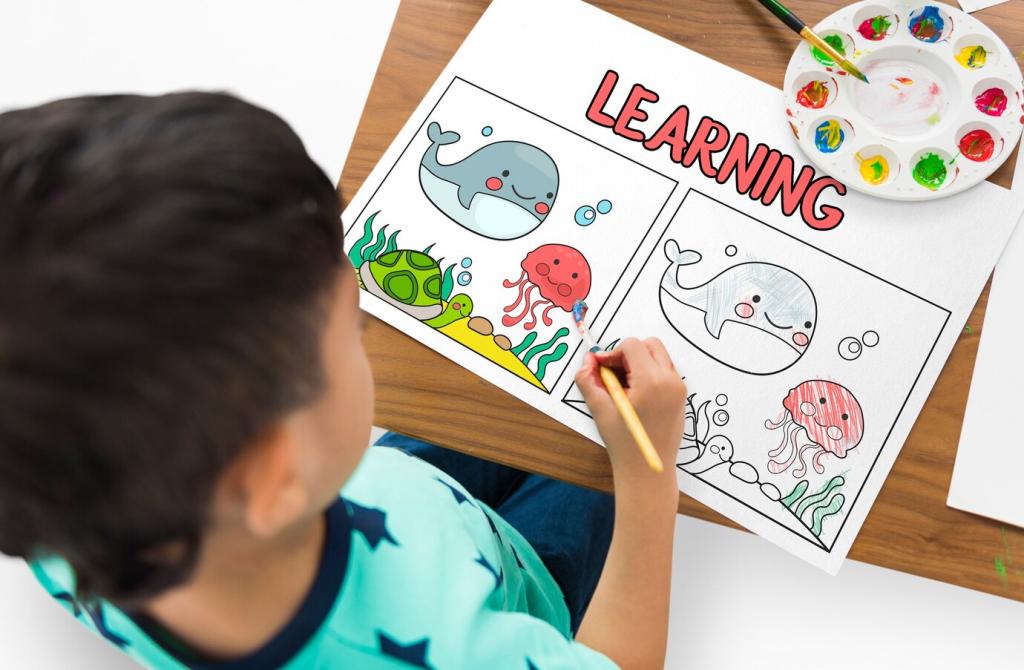Assessment That Mirrors Real Life
Students design a first-year life plan: housing, transportation, emergency savings, and insurance trade-offs. They justify choices with data, explain opportunity costs, and revise decisions when new information emerges, mirroring real adult financial planning.
Assessment That Mirrors Real Life
Portfolios collect budgets, investment analyses, consumer complaint drafts, and learning reflections. One teacher shared that a quiet ninth grader found her voice by narrating how she renegotiated a family phone plan—transforming class content into tangible household impact.




